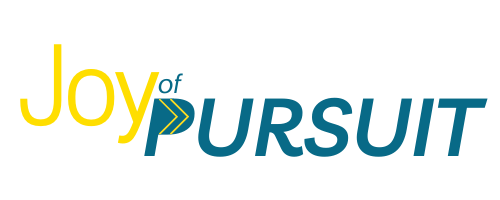Your Business Budget Is Your Vision Roadmap
Many small businesses don’t put in the time or effort to create a budget. Don’t let excuses such as lack of historical data or being intimidated by the numbers, stop you from having one. It is worth the time to create one and should be a priority.
A budget for your business is much like a road map. It will allow you to see potential bumps, turns, or dangers ahead and help you plan for them. Plan what the road ahead will look like, how your company will earn money, and then map out how you will spend it.
A solid budget will capture data that can assist you with:
avoiding debt or reducing debt.
identifying where unnecessary expenses can be reduced.
troubleshooting issues.
predicting slow months for better cash flow planning.
determining where to reinvest profit for your business, team, equipment, or other capital expenses.
creating motivational milestones for your team.
To begin, review your historical data (if there is any) and then create estimates. If you don’t have historical data, start with what you know regarding what your known expenses will be. If your business is new, look to similar businesses for estimations.
Here are the main components to use when creating a budget:
Revenue
Review all income sources and streams of income. This is the full or “gross” amount. When forecasting your sales, base it on the previous year’s sales. Make any adjustments necessary. These could be due to a new product, discontinued services, or new sales contracts. If you don’t have history, use this area to set reasonable revenue goals.
Fixed Costs
These costs do not fluctuate regardless of an increase or decrease in sales. They will remain the same regardless of how much the output of the business. Examine expenses your business pays on a regular basis. These recurring items could be daily, weekly, monthly, or yearly. Examples include rent, internet service, salaries, taxes, and insurance.
Variable costs
Unlike Fixed Costs, these expenses will correlate with sales volume. These costs are directly related to the output of the products or services. Examples include costs of goods sold (COGS), raw materials, distribution, hourly labor, and sales commissions. It is important to understand and account for how this number will increase with an estimated increase in revenue.
One-time Expenses
Also called a Contingency Fund or Rainy Day Fund. This category is for unexpected expenses that may occur in any given year. While these items can be difficult to predict, it is wise to set aside some cash for this category in order to be prepared. This preparation can help ease the pain of these costs. It’s not quite as significant of an emergency if the funds are there to cover it. When estimating, review items such as equipment repairs or purchase of a new computer to see what has been spent in prior years.
Profit
After all of the above components have been estimated, you can calculate your estimated profit.
Sales - Costs = Profit
If this number is negative, it’s time to take a closer look at your costs and see what you could possibly reduce or eliminate. Or it may be time to increase prices.
If your estimation is showing a large amount for profit, you can make plans for ways you may spend that money in the coming year.
Tips
Stay realistic and don’t over or underestimate. An unrealistic budget is worthless.
Once you have the basics, you can play with the numbers. What if sales increase by 5%, you lose your largest client, or negotiate lower costs from suppliers?
Share with your team and ask for feedback. Create an environment of working towards common goals that are clear to everyone. Your team can’t help you get to your destination if they don’t have a copy of the map.
After establishing a master budget for the overall business, you can utilize this data and approach to create more specific budgets for departments or operations in the company. Such as marketing, production, a specific project or product line.
Use it!
Don’t create it and set it aside. Utilize the budget when assessing how much to spend on something. Get in the habit of asking “is this in the budget?” Remember, a budget is your roadmap to guide you.
Also, review actuarial vs predicted. Don’t forget to stop and assess where you have been. Where did you stay on the road? What areas went off the designated path and blazed a new trail—A costly trail, or possibly a faster, more efficient, and cheaper one?
Commitment, Discipline, and Accountability
Commit to the numbers. A budget is worthless and a waste of time if you don’t put in the effort to work towards the goals, both with revenue and expenses. This commitment will increase your chances of meeting your goals.
Be disciplined to review it on a regular basis to see how the company is doing in comparison to your goals. At minimum, it should be reviewed annually, but we recommend monthly and quarterly.
Hold yourself and your team accountable when you don’t meet your goals. Discuss where you got off track with your numbers and how to avoid the situation in the future.
Need assistance creating your budget, analyzing profitability, or designing a new program? Book a Finance Consultation today.
Welcome to Joy of Pursuit!
Pursuing your small business goals can be challenging.
Whether you are a company of one or have a team, I can assist you with building the small business of your dreams.






